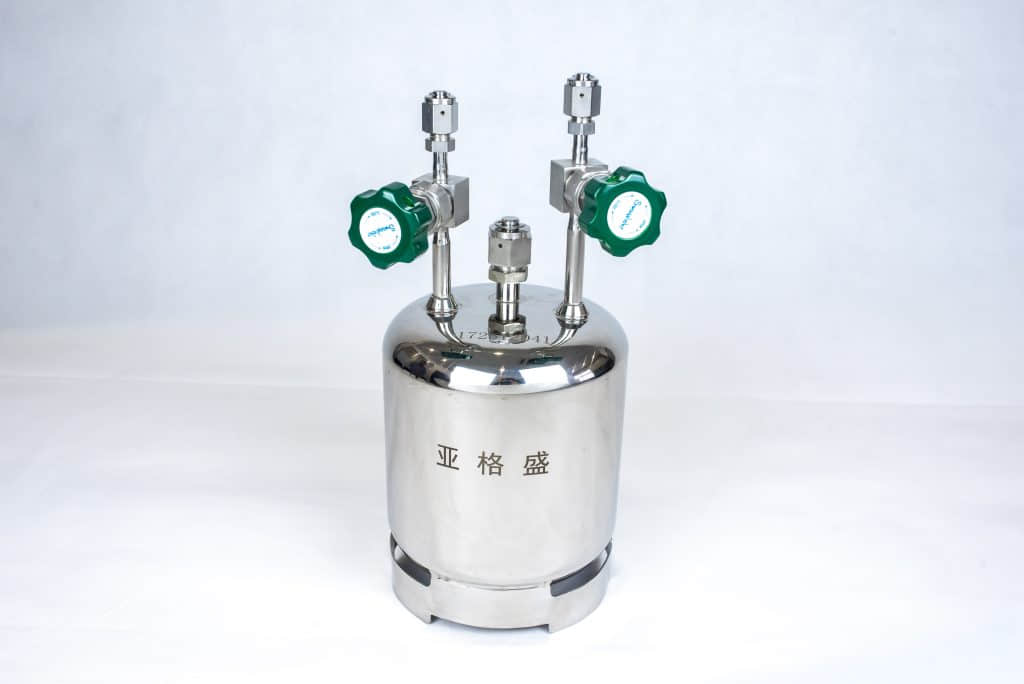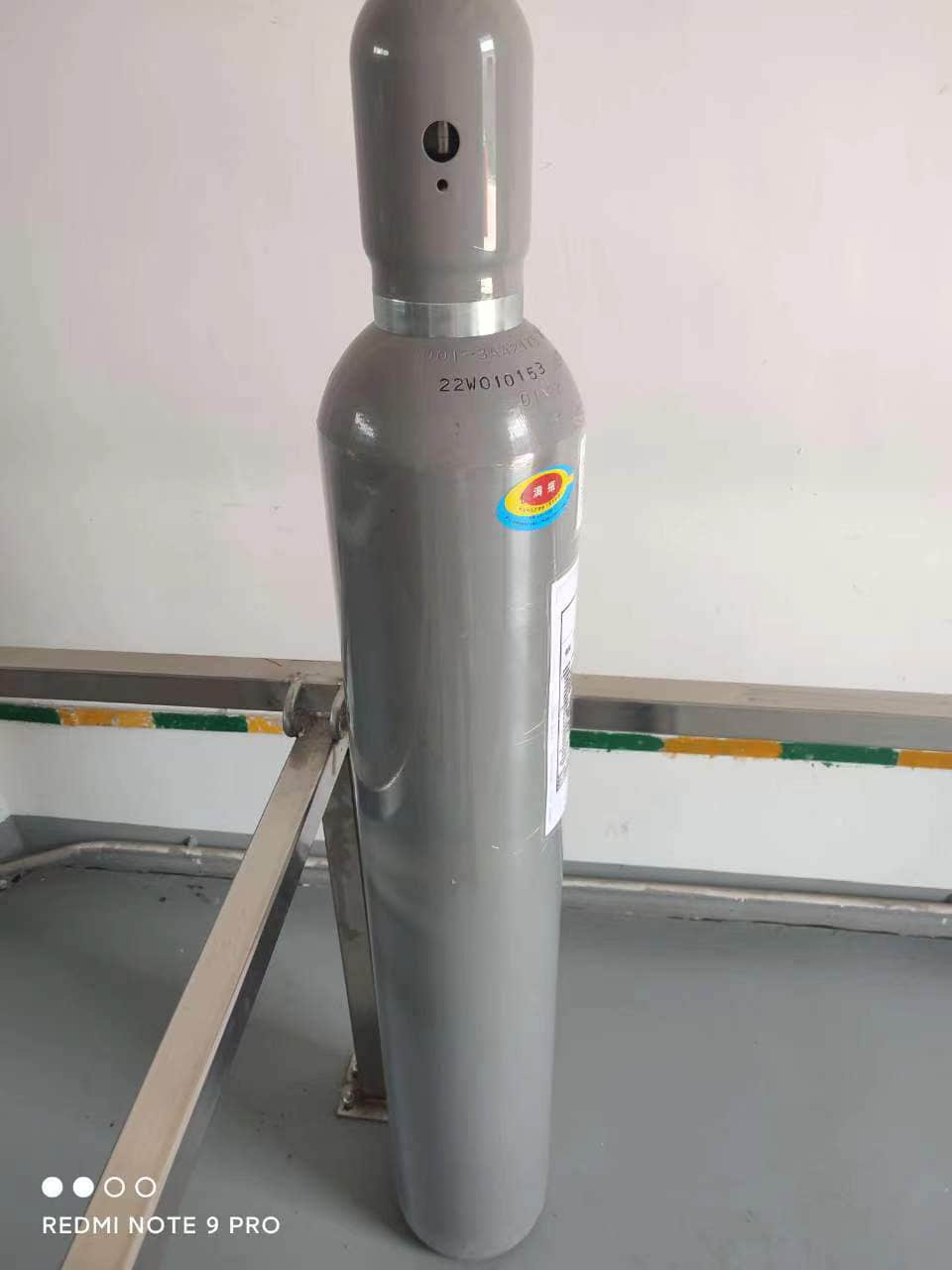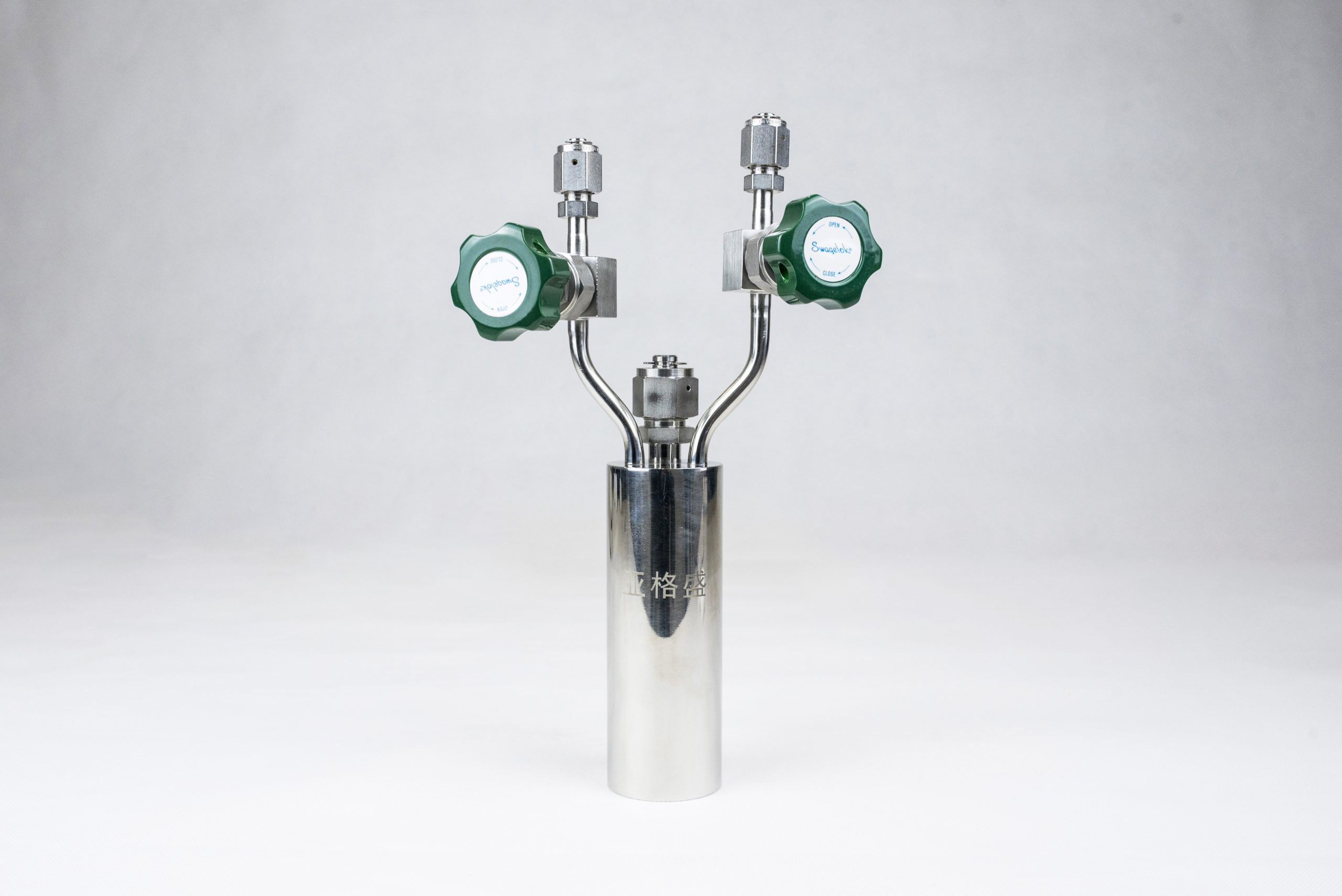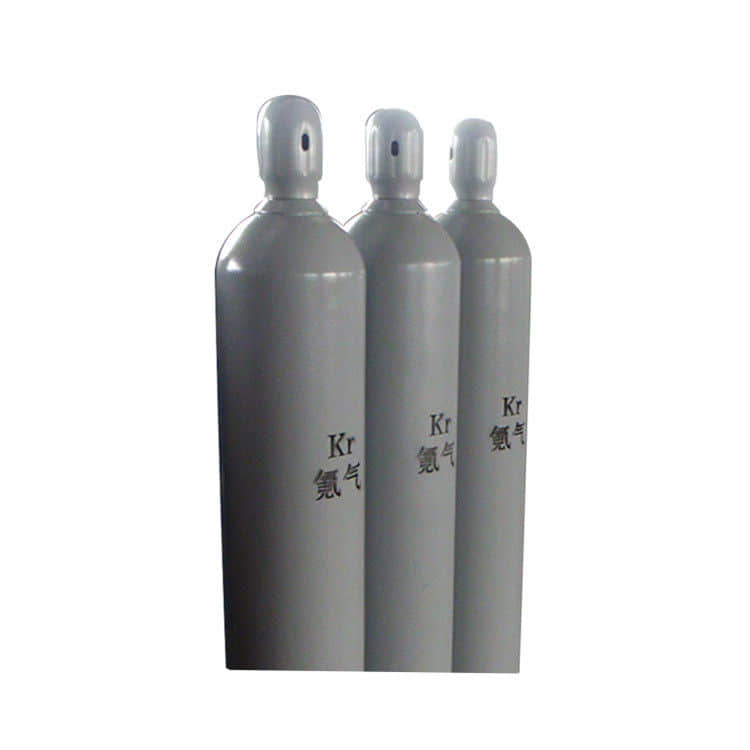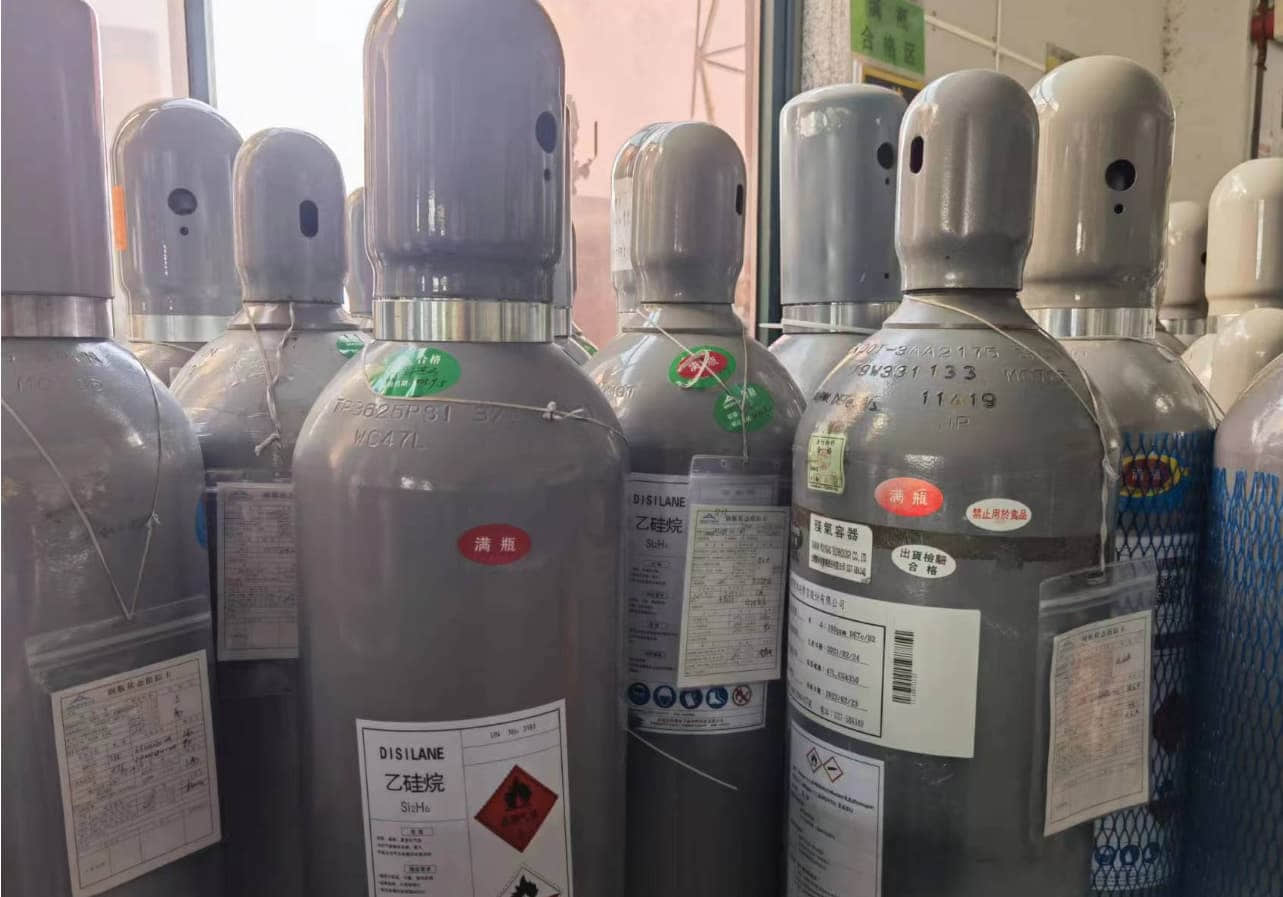What is Trimethylantimony?
Trimethylantimony, with the molecular formula Sb (CH3) 3, is a colorless and transparent liquid with a garlic odor. It is mainly used in metal organic chemical vapor deposition (MOCVD) processes and organic synthesis in the electronic industry. In the MOCVD process, trimethylantimony can be used as a source gas for depositing metal antimony layers on the surface of semiconductor materials. By controlling its concentration, temperature, pressure and other parameters, the deposition amount of metal antimony and the thickness of the thin film can be accurately controlled, thus producing high-quality semiconductor devices. In addition, trimethylantimony can also be used in organic synthesis. For example, it can react with Grignard reagent CH3MgI to generate Sb (CH3) 3, which is then chemically treated and distilled to obtain high-purity trimethylantimony. It should be noted that trimethylantimony has high toxicity, with a maximum allowable concentration of 0.5mg/m3 in the air. Therefore, it is necessary to strictly comply with relevant safety regulations and operating procedures during operation and use to avoid adverse effects on human health and the environment. The main uses of trimethylantimony are metal-organic chemical vapor deposition (MOCVD) processes and organic synthesis in the electronics industry. It can be used to synthesize other organometallic compounds, or as a reaction medium.
Trimethylantimony has broad application potential in the new generation of semiconductors
Firstly, as a precursor of semiconductor materials, trimethylantimony can be used to manufacture high-performance electronic components such as transistors, light-emitting diodes (LEDs), due to its high conductivity and thermal stability. In the electronics industry, trimethylantimony enhances the photovoltaic conversion efficiency of solar cells by increasing the mobility of electrons and pores, thereby enhancing their power generation capacity. In addition, trimethylantimony can also be used as a catalyst in synthetic chemical reactions, such as organic synthesis and polymerization reactions. Its high activity and selectivity as a catalyst can promote the progress of the reaction and improve the yield of the reaction.
Secondly, trimethylantimony also exhibits excellent performance in devices such as field-effect transistors and organic thin film solar cells. Due to its high performance of up to 0.5 cm/ The electron mobility of Vs, trimethylantimony, is considered an excellent material for organic electronic devices such as field-effect transistors and organic thin film solar cells. Its high electron mobility enhances the performance of devices such as field-effect transistors and organic thin film solar cells, providing the possibility of achieving high-performance wearable devices and flexible electronic devices.
In summary, trimethylantimony has broad application potential in the new generation of semiconductors, including the electronics industry, energy industry, and chemical industry. With the deepening of research on its properties and applications, the application prospects of trimethylantimony in the new generation of semiconductors will be even broader .
Secondly, trimethylantimony also exhibits excellent performance in devices such as field-effect transistors and organic thin film solar cells. Due to its high performance of up to 0.5 cm/ The electron mobility of Vs, trimethylantimony, is considered an excellent material for organic electronic devices such as field-effect transistors and organic thin film solar cells. Its high electron mobility enhances the performance of devices such as field-effect transistors and organic thin film solar cells, providing the possibility of achieving high-performance wearable devices and flexible electronic devices.
In summary, trimethylantimony has broad application potential in the new generation of semiconductors, including the electronics industry, energy industry, and chemical industry. With the deepening of research on its properties and applications, the application prospects of trimethylantimony in the new generation of semiconductors will be even broader .
Tips
The use of trimethylantimony requires compliance with laws, regulations, and safety regulations to ensure safe use. If you need to use trimethylantimony, please be sure to follow safety regulations and pay attention to the following points:
Avoid contact with skin and eyes. If in contact, immediately rinse with plenty of water.
Avoid inhaling dust. If dust leakage occurs, immediately stop the operation and quickly leave the leakage area.
When using trimethylantimony, attention should be paid to avoiding mixing with other chemicals to avoid danger.
Comply with safety operating procedures and conduct regular safety inspections and maintenance.
In summary, the use of trimethylantimony requires careful operation and safety precautions to ensure safe use. If you have any questions or concerns, please consult a professional or relevant local department.
Avoid contact with skin and eyes. If in contact, immediately rinse with plenty of water.
Avoid inhaling dust. If dust leakage occurs, immediately stop the operation and quickly leave the leakage area.
When using trimethylantimony, attention should be paid to avoiding mixing with other chemicals to avoid danger.
Comply with safety operating procedures and conduct regular safety inspections and maintenance.
In summary, the use of trimethylantimony requires careful operation and safety precautions to ensure safe use. If you have any questions or concerns, please consult a professional or relevant local department.

